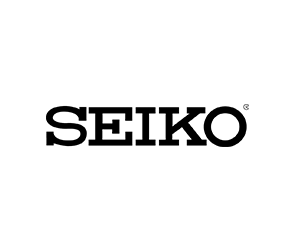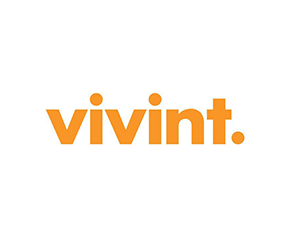What is a Comic Artist?
A Comic Artist is a visual storyteller who specializes in creating narratives through a sequence of illustrated panels. These artists use a combination of drawings, text, and layout to convey stories in comic books, graphic novels, webcomics, and other visual storytelling formats. Comic artists are skilled in character design, storytelling techniques, and visual composition, playing a vital role in shaping the narrative flow and visual appeal of the comic medium. Their work ranges from superhero adventures to slice-of-life stories, covering diverse genres and themes.
How do you become a Comic Artist?
- Develop Drawing Skills: Cultivate strong drawing skills, focusing on anatomy, perspective, and dynamic poses to create visually engaging and expressive characters.
- Learn Comic Art Techniques: Study comic art techniques, including panel composition, pacing, and storytelling, to understand the unique language of visual storytelling in the comic medium.
- Pursue Art Education: Consider formal education in art, illustration, or a related field to gain foundational knowledge and skills in visual arts.
- Create a Portfolio: Build a diverse portfolio showcasing your range as a comic artist, including character designs, sequential art samples, and examples of your storytelling ability.
- Engage with the Comic Community: Connect with other comic artists, writers, and professionals in the industry, both online and offline. Participate in events, forums, and social media to share your work and learn from others.
Skills needed to be a Comic Artist:
- Drawing and Illustration: Proficient drawing and illustration skills to create visually appealing characters, scenes, and backgrounds.
- Storytelling: Ability to tell compelling stories through visual sequences, understanding pacing, flow, and narrative structure.
- Character Design: Skill in creating unique and memorable character designs that convey personality and emotions.
- Panel Layout: Knowledge of effective panel composition and layout to guide the reader’s eye through the story.
- Inking and Coloring: Proficiency in inking techniques and color theory to enhance the visual impact of the artwork.
- Digital Art Skills: Familiarity with digital art tools and software, such as Adobe Photoshop or Clip Studio Paint, for creating and editing comic artwork.
- Typography: Understanding of typography to incorporate text seamlessly into comic panels, ensuring readability and aesthetic appeal.
- Adaptability: Ability to adapt to different styles, genres, and artistic approaches depending on the requirements of the comic project.
- Time Management: Efficient time management skills to meet deadlines, especially in the serialized nature of comic creation.
- Feedback Reception: Openness to receiving and incorporating constructive feedback, whether from editors, peers, or the audience, to continuously improve and evolve as a comic artist.







